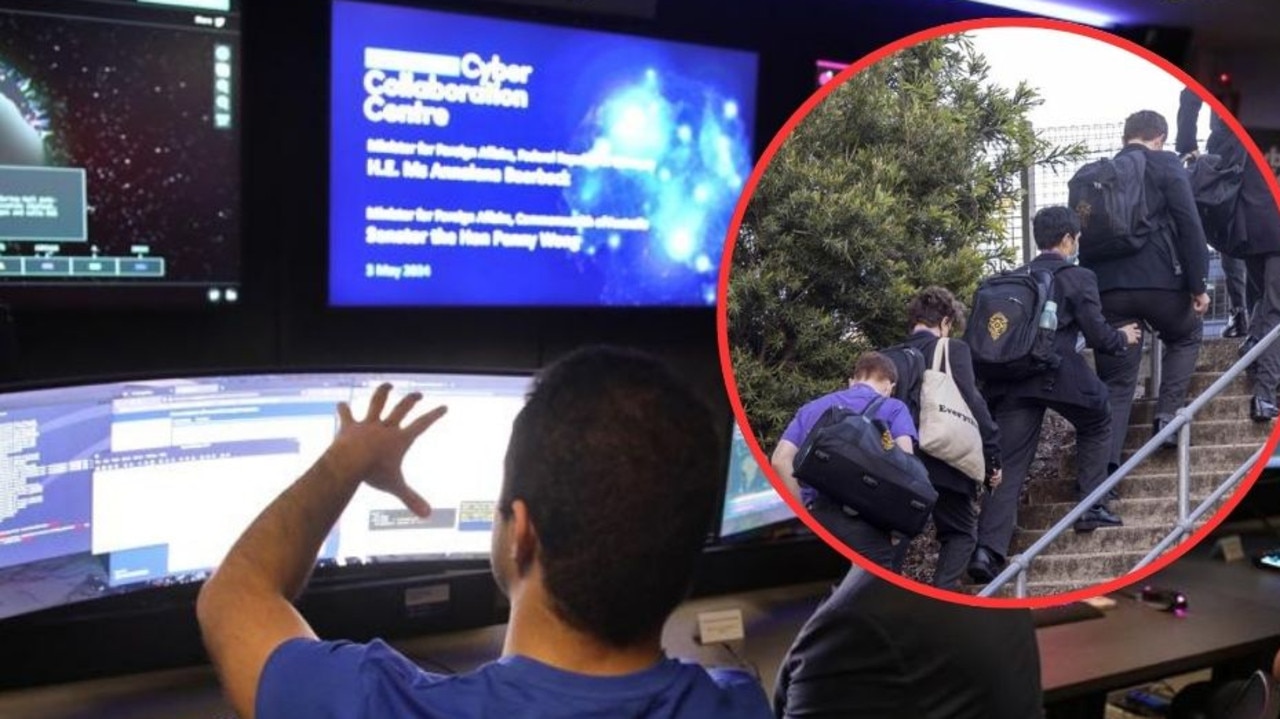Huge loss of animal and plant life expected due to bushfires
A staggering number of animal are believed to have died in bushfires since September, sparking fears entire species have been lost.

Technology
Don't miss out on the headlines from Technology. Followed categories will be added to My News.
There are concerns that entire species of plants and animals may have been wiped out by bushfires following estimations that 480 million animals may die as a result of the crisis.
Ecologists from the University of Sydney estimate almost half a billion mammals, birds and reptiles may have been lost since September.
They also say the figure may increase following the devastating fires which have ripped through Victoria and the NSW South Coast over the past couple of days, leaving several people dead or unaccounted for, razing scores of homes and leaving thousands stranded.
The estimation includes animals killed in the fires, but also through loss of habitat.
Do people realise how bad it is in Australia right now? An area the size of Belgium has burnt to the ground & over half a million animals have been wiped up #AustraliaFires #AustraliaBurns pic.twitter.com/KY3Ux1Sko2
— Deric Ó hArtagáinTV (@deric_tv) December 30, 2019
Nearly half a billion animals have died in the Australian bushfires, 5 million hectares burned, at least 11 people dead. #NSWfires #NSWbushfires #bushfirecrisis pic.twitter.com/xxxetoNl2x
— Andrew Backhouse (@Andytwit123) December 30, 2019
Heartbreaking footage of kangaroos fleeing has been captured in Monaro, NSW, as bushfires close in.
— news.com.au (@newscomauHQ) December 31, 2019
For more fire updates: https://t.co/m3qKpIZsu5 pic.twitter.com/Jo6MDtuygC

According to a statement from Sydney University, the co-author of the report, Professor Chris Dickman, a professor in Terrestrial Ecology, based the calulations on a 2007 report for the the World Wild Fund for Nature (WWF) on the impacts of Land Clearing on Australia Wildlife in NSW.
The university indicated that although these were estimates and there was no way of counting the actual toll, the estimations were obtained from published studies of mammals in NSW and reports of similar habitats in other parts of Australia.
Fires have been raging across NSW and Victoria, with millions of hectares of national park already burnt.
Harrowing scenes of kangaroos fleeing walls of fire, charred bodies of koalas and cockatoos falling dead out of trees have horrified the world as it tries to take in the scale of the unfolding disaster.
Koalas have been among the hardest hit of Australia’s native animals because they are slow moving and only eat leaves from the eucalyptus tree, which are filled with oil, making them highly flammable.
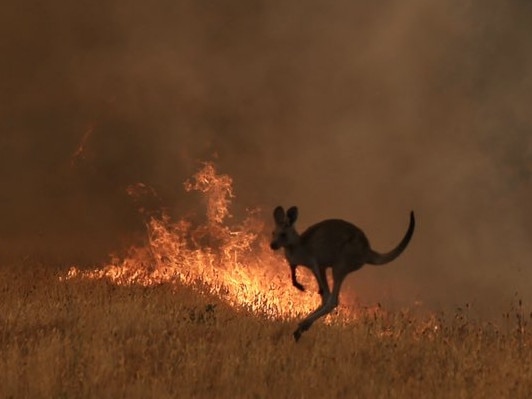

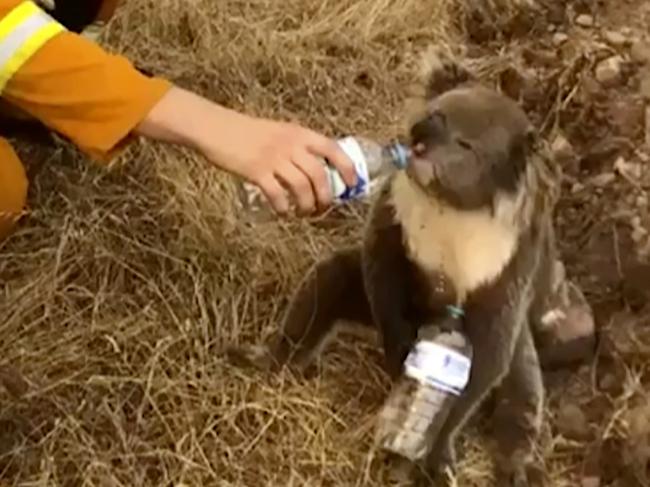
Up to 8000 — a third of the entire koala population of the NSW mid-north coast — are believed to have been killed in less than four months.
There are significant koala populations in others states affected by fire — such as Victoria and South Australia — but no figures yet on how many have been lost.
“The fires have burned so hot and so fast that there has been significant mortality of animals in the trees, but there is such a big area now that is still on fire and still burning that we will probably never find the bodies,” Nature Conservation Council ecologist Mark Graham told parliament.
“(Koalas) really have no capacity to move fast enough to get away” as the flames jumped from treetop to treetop, he said.
Mr Graham was addressing the NSW upper house inquiry, which last month held an urgent hearing into the state’s koala population in the wake of the wake of “unprecedented” destruction.
Australia’s bushland is home to a range of indigenous fauna such as kangaroos, koalas, wallabies and possums. Authorities have no exact figure on how many native animals have been killed in the bushfires but experts say it is likely to be in the millions https://t.co/NXoEkxAlxP pic.twitter.com/yP2VUYBLeS
— Reuters (@Reuters) December 30, 2019
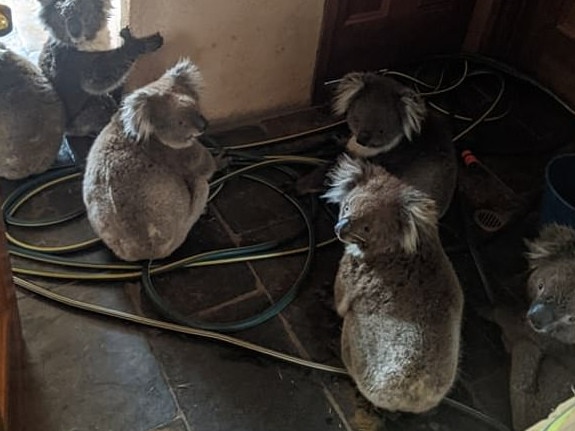
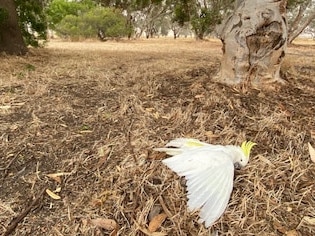

Science for Wildlife executive director Dr Kellie Leigh told the hearing there were no resources or planning in place to save koala populations threatened by fire in the Blue Mountains.
“We’re getting a lot of lessons out of this and it’s just showing how unprepared we are,” Dr Leigh said.
“There’s no procedures or protocols in place — even wildlife carers don’t have protocols for when they can go in after fire.”

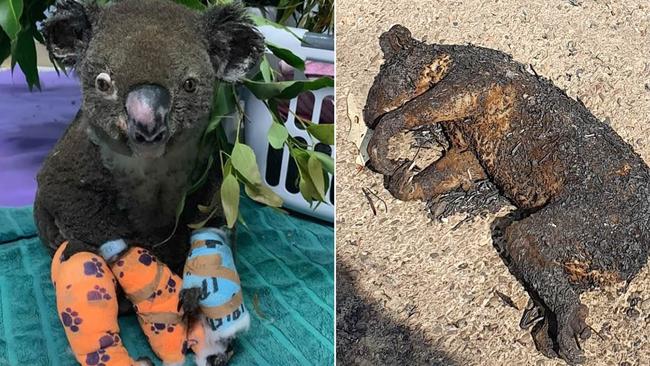
For anyone who wants to donate for the care of injured animals and to feed the wildlife affected by the bushfires in Australia in the coming months. https://t.co/vJyUiGbw0C
— MissyJack (@missyjack) January 1, 2020
Stand Up for Nature, an alliance of 13 organisations, is calling for an immediate halt on logging of native forests in NSW until the impacts of the catastrophic bushfires on species and habitat are understood.
“The impact on many species has been extreme and is ongoing. The full scale of wildlife losses will probably never be known, but they will surely number in the millions,” it warned in a letter to NSW Premier Gladys Berejiklian.
“The effects of the catastrophic fires have been so far-reaching that allowing further loss of habitat and impact on native species would be unconscionable.
“Without this information, the sustainability of harvesting operations cannot be guaranteed.
“These unprecedented fires have jeopardised the long-term viability of threatened species populations and forest ecosystems in several areas.”
The alliance acknowledged a moratorium could have impacts on native forest timber industry workers and their communities.
“We therefore call on the government to ensure logging industry workers are supported during this process, either with alternative employment options, financial assistance or other worthwhile alternatives. We stand ready to engage constructively with the industry and government to achieve this goal.”
Environment Minister Sussan Ley said true animal death figures would not be known until “the fires have calmed down and a proper assessment can be made”.
Originally published as Huge loss of animal and plant life expected due to bushfires



